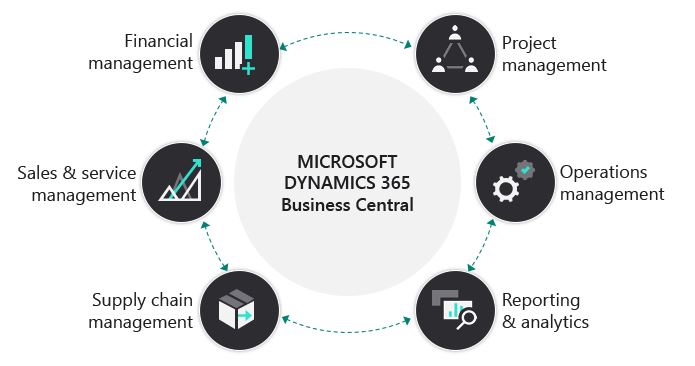3 Steps to Start a Business of T-Shirt Printing in Dallas
T-shirts are articles of clothing that often reflect the personality, interest and identity of the wearer. As a result, selling t-shirts online has become a popular option, particularly for entrepreneurs and artists searching for a low-cost method to start a business. Additionally, the global market for custom t-shirt printing industry is expected to reach $10 billion by 2025. If you are heading to start a business of t shirt printing in Dallas tx, then read the article.
With the rise in popularity of selling t-shirts, there is no doubt that you will face some tough competition.But, you may construct a profitable business by developing a brand for a specific target group and designing t-shirt designs that your consumers want.
There is a new concept of contemporary art – “T-shirt culture” or the art that is worn – which fits perfectly into the sphere of interests of the young generation. She feels attracted to modernist art, the trend of tattoo art, originality and uniqueness.
Printed T-shirts were little used until 1942 when the Air Corps Gunnery School printed T-shirt appeared on the cover of Life magazine.
In the 1960s, printed T-shirts gained popularity as message-carrying materials for advertisements, protests and souvenirs.
Are you a designer, creator and want to showcase your talent? Here are some practical ideas to guide you in starting a t-shirt printing business.
1. Design is very important
Graphic design begins when one has a story to tell; without a story, there is nothing – no style to set, no colors to combine, no layers to arrange. You can’t create a generic “design” to print on all t-shirts.
The last thing a visitor wants is to see a copy of a t-shirt design found elsewhere in your catalog. The creations don’t have to be complex – in fact, many of the best-selling printed t-shirts are very simple. However, it needs to connect with your audience and stand out.
To ensure quality printing, design files should be 300dpi, have a transparent background and be large enough to cover the actual print area of the t-shirt. Note that exact specifications will vary depending on the printer and printing technique used.
2. Choose the most suitable printing system
a. SCREEN PRINTING
Screen printing is an age-old technique that has stood the test of time for online and in-store t-shirt businesses.
As one of the most popular methods of printing on t-shirts, screen printing can produce lasting results. It also allows you to customize canvas items, mugs, hats and other items to make and sell if you want to expand your product range.
Considering the initial setup of a job, screen printing is the most cost-effective when printing mass-produced products. Screen printing also poses problems when it comes to complex designs or designs with multiple colors, as each color increases production costs and time.
Necessary equipment : screen printing, press, exposure unit, dryer
Composition of the textile material : any type of flat textile materials, without seams or unevenness
Pro
- Cost effective for large series
Versus
- Not cost effective for multiple colors
- It can only print simple images and patterns
b. THERMOTRANSFER
Thermal transfer personalization is achieved by melting a special film using a heat press so that it remains glued to the material it is applied to. The foil is cut in advance with the help of a cutter-plotter.
Necessary equipment : cutter-plotter, thermal press
Composition of the textile material : any type of textile material
Pro
- Cost effective for large series
Versus
- Not cost effective for multiple colors
- It can only print simple images and patterns
c. SUBLIMATION
Sublimation is a personalization technique by means of which the color pigment passes from the printed sublimation paper to the final support (t-shirt, mug, puzzle, etc.). Sublimation paper is printed with a special printer. Sublimation only works for customizations on white backgrounds or light colors. Sublimation is done under optimal conditions on synthetic textiles or that contain synthetic material or on other supports such as: ceramics, wood, metal that have been previously treated for sublimation.
Through sublimation you can print full-color images on t-shirts quickly and relatively easily.
Composition of the textile material : the material must contain at least 70% synthetic fiber
Necessary equipment : printer, sublimation paper, heat press
Pro
- You can print t-shirts on demand
- Also accessible for small series
- There is no limit to the number of colors you can use in one print
Versus
- It requires some investment and technical training
d. DIRECT PRINTING ON THE T-SHIRT (Direct-to-garment or DTG)
Direct to fabric DTG printing is the fastest and easiest way to customize textiles. It is a direct printing technique on textiles and clothing that uses a special inkjet printer. The DTG printer disperses the ink jet when printing on the garment just like a normal inkjet printer.
Direct-to-garment printing produces a quality print, vibrant colors, very well-defined details, vivid images, with very high flexibility and high resistance to stretching and numerous washes. Because it works like an inkjet printer, there are no set-up costs, unlike screen printing. This means it’s easy and cost-effective to print t-shirts in small volumes.
Composition of the textile material : cotton
Necessary equipment : printer, heat press
Pro
- Unlimited color options
- High detail accuracy
- Excellent for small or unique orders
- No installation costs
Versus
- Not cost effective for high volume production
3. T-shirt sales
The first thing you need to decide on is the format for attracting customers
Choosing a platform or tool for generating sales directly depends on your budget, resources and creativity. Note that some of the possibilities for generating orders require little or no financial investment, instead they involve time to manage them.
a. Offline
By renting a space in a shopping center you can sell printed t-shirts on the spot.
An interesting idea for selling custom t-shirts is the “T-shirt Van”, a t-shirt business concept where, for example, two entrepreneurs took their t-shirt printer in a trailer to go to festivals around the country.
b. Online
- own online store
Opening an online e-commerce store is just as viable as it was ten years ago. Yes, the competition is tougher, but you have access to a wide range of free tools that you can use to set everything up with very little effort.
- online sale on facebook/instagram
Using the Facebook Shop product, you can showcase and sell t-shirts on Facebook and Instagram. Visitors can browse your products and buy directly from your business page.
- marketplace
Selling through a marketplace gives you an online sales channel with instant access to a very large number of visitors. The advantages of listing products in a marketplace are: zero cost for website creation and administration, you don’t need a cash register, you don’t need a big team. Operational activities are limited to the delivery of orders.
If you want to start a t-shirt printing business, the most important thing is to establish a business plan that you can manage properly. More than that, come up with something new that the buyer doesn’t expect and you will surely attract attention.





